Spice Up Your Life: The Top 10 Ingredients That Define Mexican Cuisine (With a Twist!)
If you've ever bitten into a taco and felt like your taste buds just won the lottery, then congratulations—you’ve experienced the magic of ingredients in Mexican food. It’s not just about spice; it’s about soul, history, and a little bit of culinary alchemy.
Table of Contents
- Introduction
- Chilies: The Heartbeat of Mexican Flavor
- Tomatillos: The Tangy Secret Weapon
- Cilantro: Love It or Hate It?
- Avocado: Not Just for Guac
- Corn: The Golden Grain of Mexico
- Cumin: Earthy Magic in Powder Form
- Lime: The Bright Spark
- Epazote: The Herb You Might Not Know But Should
- Chocolate: Ancient Aphrodisiac
- Garlic: The Universal Flavor Booster
- Pro Tips: Spicing Like a Mexican Grandma
- Conclusion: Embrace the Heat!
Chilies: The Heartbeat of Mexican Flavor
When it comes to ingredients in Mexican food, nothing screams louder than chilies. Whether fresh, dried, roasted, or smoked—they are the stars of the show. Here's a quick flavor breakdown:
| Chili Type | Heat Level (SHU) | Flavor Profile | Common Use |
|---|---|---|---|
| Jalapeño | 2,500–8,000 | Grassy, bright | Salsas, nachos, poppers |
| Poblano | 1,000–2,000 | Rich, earthy | Chiles rellenos, sauces |
| Ancho (dried poblano) | 1,000–2,000 | Fruity, sweet | Mole, marinades |
| Guajillo | 2,500–5,000 | Berries + tea | Salsas, adobo |
| Chipotle (smoked jalapeño) | 5,000–10,000 | Smoky, bold | Tacos, soups, meats |
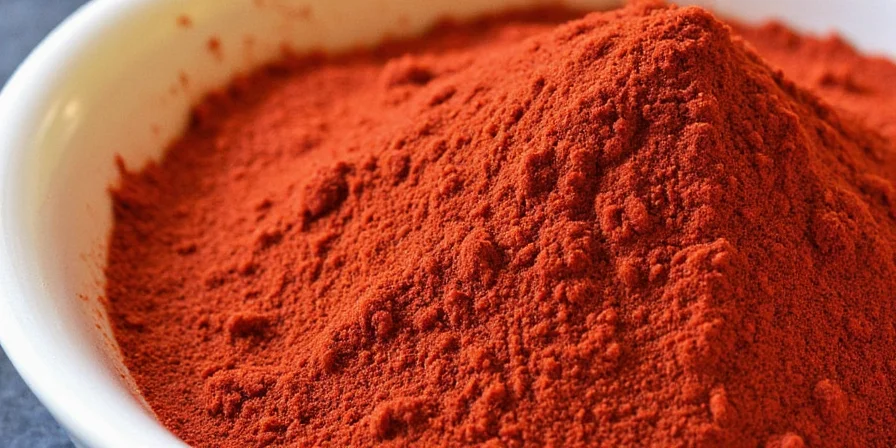
Tomatillos: The Tangy Secret Weapon
Often mistaken for green tomatoes, tomatillos are actually enclosed in a papery husk and pack a tart punch. They're essential in salsas verdes and stews. Think of them as Mother Nature’s lemon—minus the sour face.
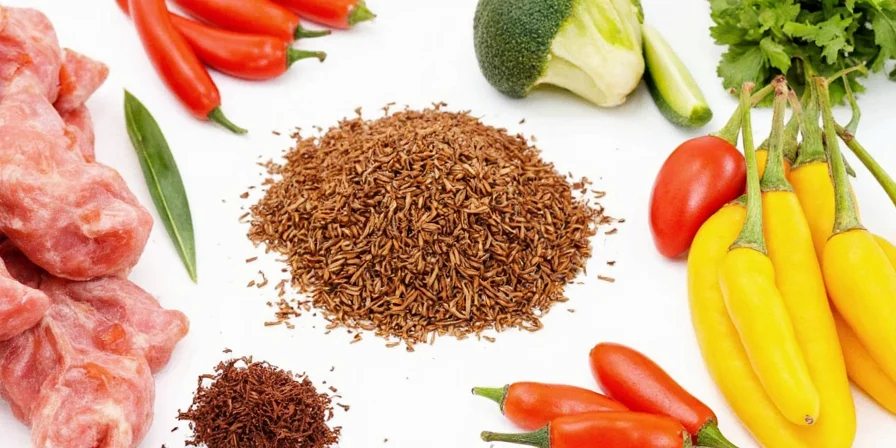
Cilantro: Love It or Hate It?
Cilantro is that polarizing herb everyone seems to either adore or despise. For the uninitiated, it smells like soap—but if you're in the “love” camp, it adds an unmistakable brightness to tacos, salads, and soups.
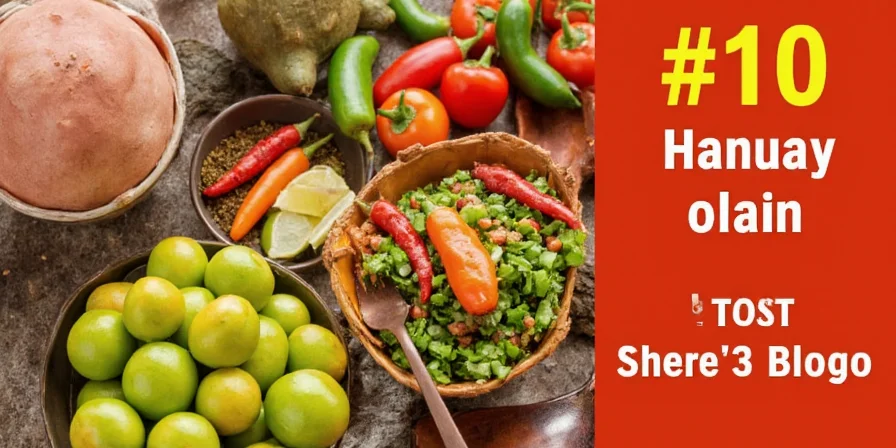
Avocado: Not Just for Guac
Yes, guacamole is king, but avocados also shine solo on toast, blended into soups, or sliced atop enchiladas. Bonus: they’re rich in healthy fats, making every bite both satisfying and guilt-free.
Corn: The Golden Grain of Mexico
From tortillas to tamales, corn is the backbone of Mexican cuisine. Nixtamalization—a traditional process of soaking and cooking maize in lime water—enhances nutritional value and gives tortillas their signature texture.
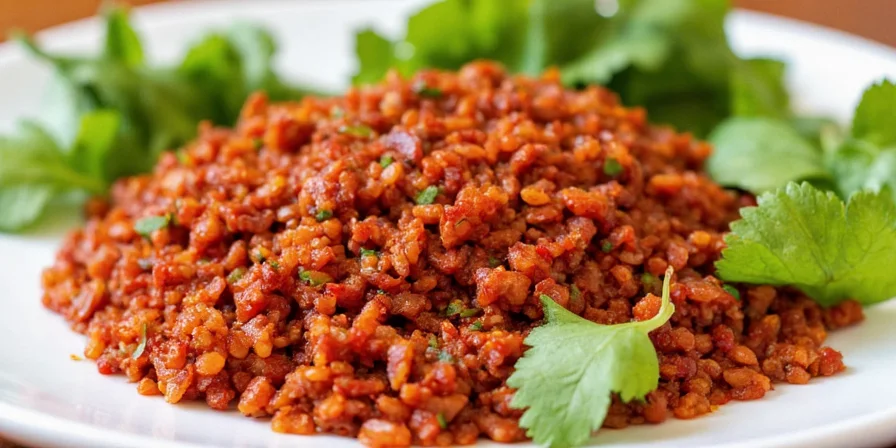
Cumin: Earthy Magic in Powder Form
This warm, nutty spice isn’t native to Mexico but has become indispensable. Used sparingly, cumin enhances meats and beans without overpowering them. Just remember: too much can turn your mole into a Middle Eastern dish by accident!
Lime: The Bright Spark
A squeeze of lime transforms everything from ceviche to tacos. It’s the zing that cuts through richness and ties flavors together like a good chorus line.
Epazote: The Herb You Might Not Know But Should
Native to Central America, epazote is used in bean dishes and soups for its pungent, citrusy flavor—and reportedly, digestive benefits. If you haven't tried it yet, seek it out at Latin markets.
Chocolate: Ancient Aphrodisiac
Mexico gave chocolate to the world, long before anyone added sugar to it. In traditional mole sauce, chocolate adds depth and complexity—not sweetness. It’s like dessert in disguise… except it goes with chicken.
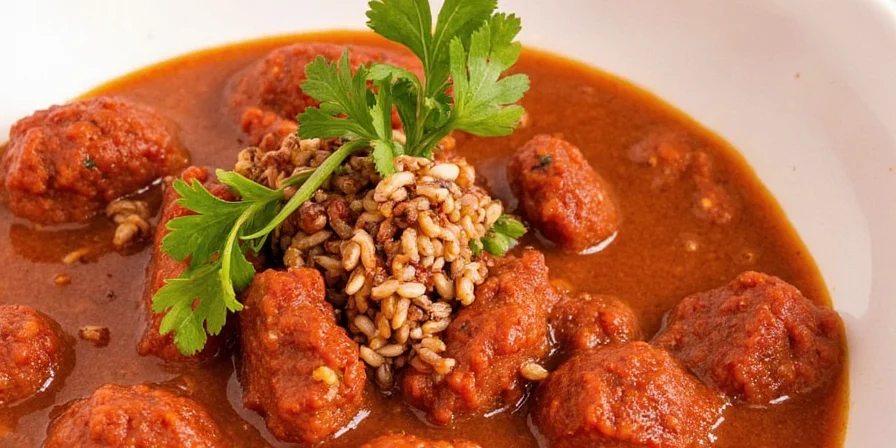
Garlic: The Universal Flavor Booster
Last but never least: garlic. Whether minced, roasted, or pickled, garlic is the secret weapon in many Mexican dishes—from chorizo to adobo sauces. It’s the MVP of umami.
Pro Tips: Spicing Like a Mexican Grandma
- Toasted Chilies First: Always toast dried chilies in a dry pan until fragrant but not burnt. This unlocks their oils and intensifies flavor.
- Balance Is Key: Sweet, salty, spicy, sour—don’t forget any one element when building a sauce or salsa.
- Fresh vs. Dried: While dried chilies have deeper, more complex flavors, fresh ones offer brightness. Try using both for layers of flavor.
- Lime Is Your Friend: Add a splash of lime juice after cooking to awaken all the spices.
- Don’t Rush the Mole: True mole requires patience and layering of spices. Think of it as a symphony—each ingredient plays its part.
- Make Extra: Most Mexican sauces get better the next day. Plan ahead!
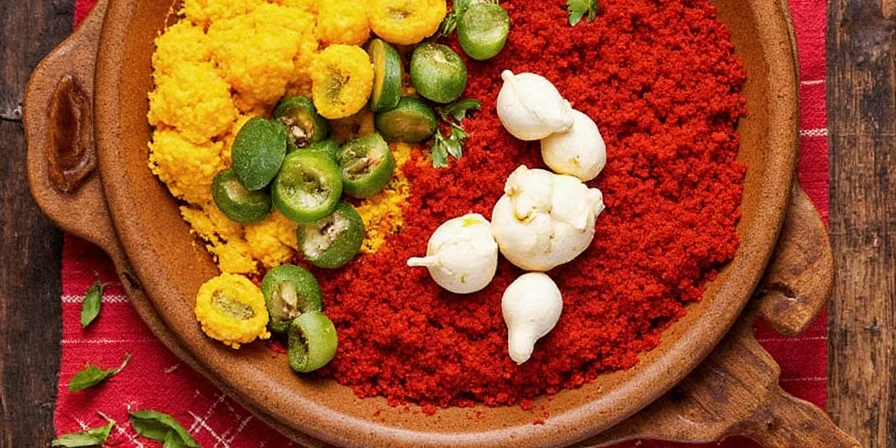
Conclusion: Embrace the Heat!
The beauty of ingredients in Mexican food lies in their diversity, balance, and centuries-old traditions. Each item on this list tells a story—of indigenous roots, Spanish influence, and regional pride. Whether you're roasting chilies or sprinkling some freshly chopped cilantro, remember: Mexican cuisine is more than food—it's flavor, culture, and heart.
So go ahead. Dust off that comal, open that bag of dried ancho peppers, and let your kitchen sing with color and aroma. And if things get a little spicy? Well, life’s meant to be a little hot now and then, right?

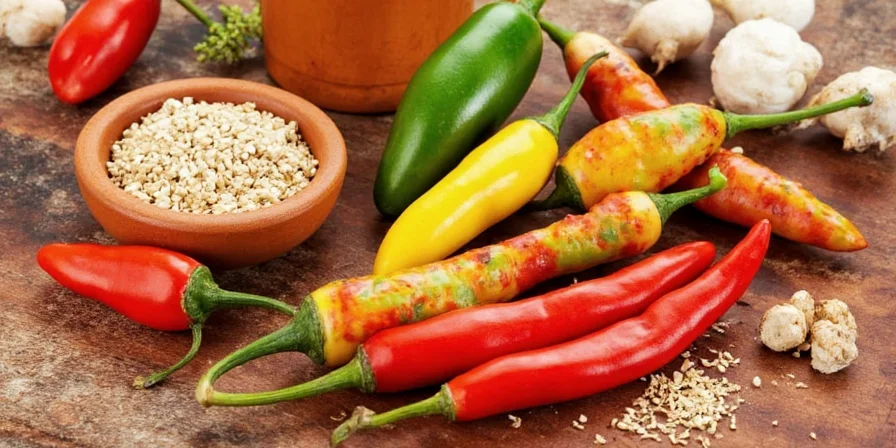









 浙公网安备
33010002000092号
浙公网安备
33010002000092号 浙B2-20120091-4
浙B2-20120091-4